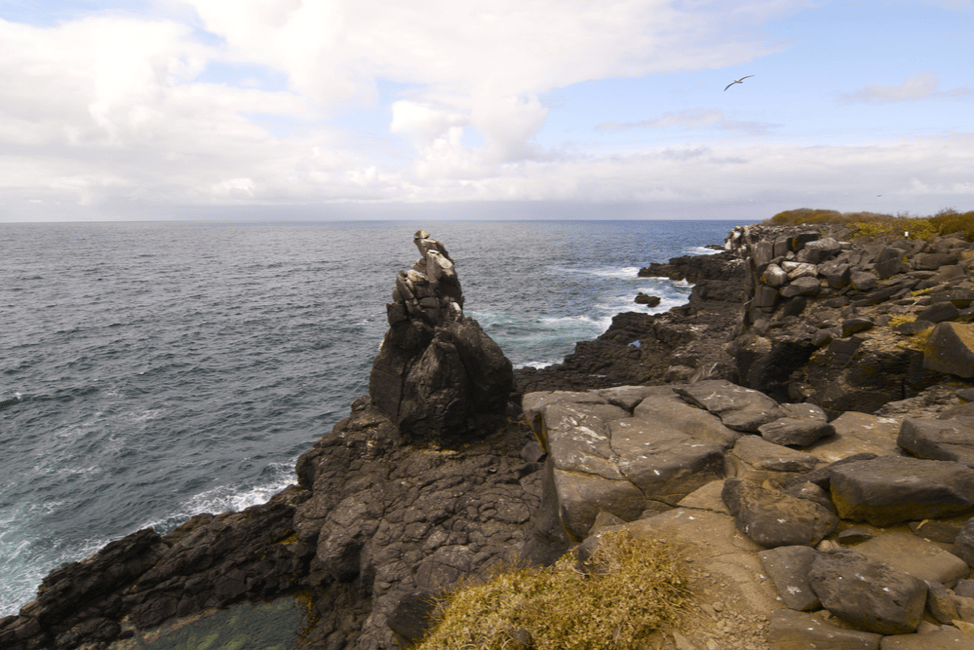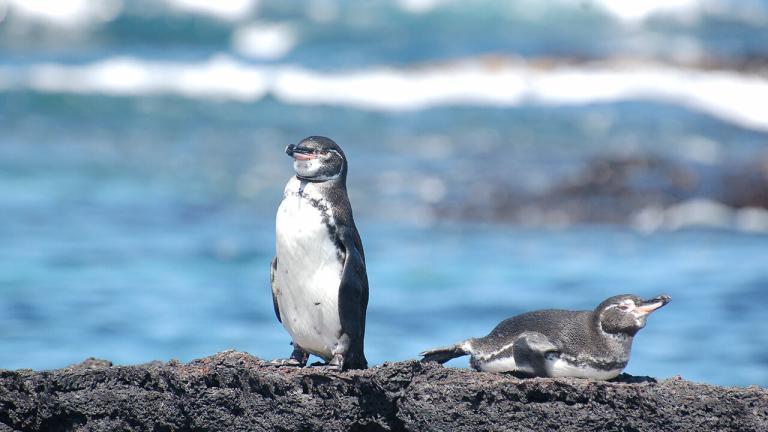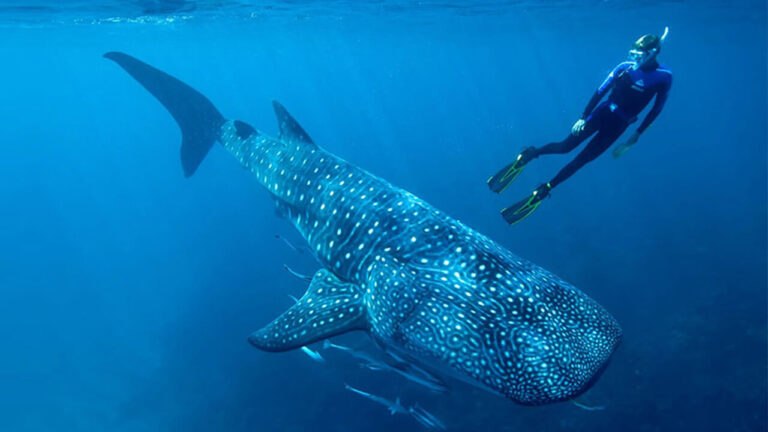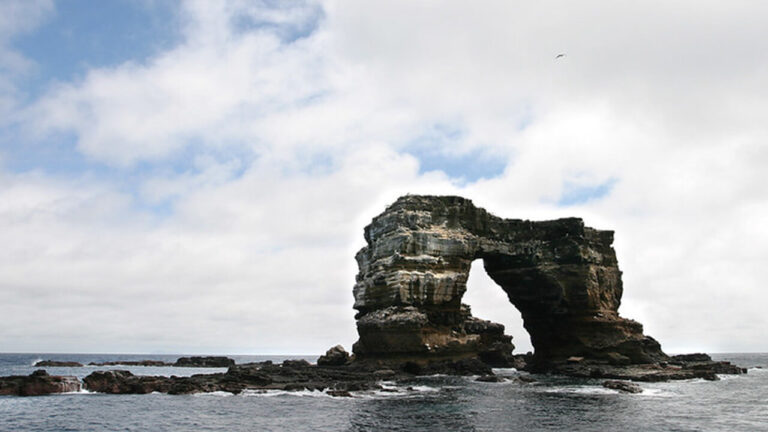6 Tips for Finding the Best Hiking Trails in The Galapagos Islands

The Galapagos Islands include 20 different landmasses and cover 17,000 square miles. This group of 13 large and 7 smaller but remarkable islands is off the coast of Ecuador and offers those interested in the natural world an amazing opportunity to experience and learn more about our world. While there are many places you […]
The Galapagos Islands include 20 different landmasses and cover 17,000 square miles. This group of 13 large and 7 smaller but remarkable islands is off the coast of Ecuador and offers those interested in the natural world an amazing opportunity to experience and learn more about our world.
While there are many places you can go to find man-made structures that can lead to amazing vistas, you can also choose a bit tougher trail and check out an active volcano.
Santa Fé
Hiking Santa Fé will take a bit of planning, as you will either need to take a sailing cruise to the island or take a day tour from Santa Cruz. Santa Fé is quite rustic. Be prepared to hire a guide who can help you pack for the day and how to behave around the animals who make their home there. This island is also very popular with snorkelers and cruisers.
You’ll need to make sure your shoes are both stable and snug; the trails here can be quite rocky and there is a tough ravine to cross, as well as forests of cacti. Your reward will feature views of Galapagos hawks and the Santa Fé iguana. Santa Fé won’t require you to climb to a great elevation, but the hike will take focus and footwork.
Sullivan Bay
While Santa Fé is a rare island, thrust up from the crust instead of formed by volcanic activity, Sullivan Bay on Santiago offers a classic hike across old lava flows. If you have ever wondered what a lot of the earth looked like as it cooled, the Sullivan Bay landing will help you to understand.
In addition to studying just what liquid rock does as it cools, you will be able to view the tough plants that can survive along the edges of a lava flow. Time on Sullivan Bay can teach you how most of the Galapagos were formed.
Punta Pitt
It’s important to remember that the Galapagos Islands are a protected area and that you are not encouraged to head out on your own. If you love bird watching, hire a guide and enjoy a hike on the northeast corner of San Cristobal island so you can check out Punta Pitt.
While hiking this area, be aware of the angle and pitch of the ground. Because this is an older lava flow, the vegetation is lush with color and variety. This region is also home to many of the birds endemic to the islands, including red and blue-footed boobies.
Look for trail markers along the 1.4-mile trail to ensure you do not enter any nesting sites, either for the birds or the endemic iguanas. This is an area that offers a wide variety of food to the local birds, so you may face some aggression if you get off the trail!
Bartolomé Island
If you love to feel the earth under your feet at all times, Bartolomé Island probably isn’t for you. This tiny island is protected by wooden walkways and a long staircase, though you can access some areas of the beach. Again, remember that this region is protected. Hiring a guide can keep you safer and prevent you from making a destructive error.
However, if you love a hard climb for a great view, Bartolomé will be a dream come true. Bring plenty of water and be ready for a long hard climb up the stairs. It will be completely worth it, as you can see the famous Pinnacle Rock and the Daphne Islands.
Genovesa
Genovesa Island is the home of Darwin Bay. The bay was formed when one side of the caldera, or volcanic crater, collapsed. The remaining structure of the island includes a coral beach and stepped stone structures that have become a haven for many bird species-specific to the Galapagos.
Make sure your pack can be snugly fitted so you can safely climb the Prince Philips Steps and check out how the wildlife has put the degradation of the caldera to excellent use.
Once you get to the top of the steps, your inland hike can take you all the way across the island to a bare plain of lava. From here, you may catch sight of the Short-Eared Owl as it feeds off the petrel birds that live on the eastern cliffs.
Your time on the Galapagos will be greatly enhanced by hiring a qualified guide who can help you find the best views, pack only what you need, and celebrate the amazing diversity of this place.
Before your trip, review your transportation options to get to some of the smaller islands to make sure you can easily meet your travel goals!
Our itineraries have extensions ranging from 3 to 14 nights to discover all about the Galapagos Islands which includes expeditions, hiking trails, and amazing cruises on our fabulous vessels, The Galapagos Legend, Coral I & Coral II, daily excursions to the island as well as the amazing view of the flora and fauna. We also host various activities and contests for our guests to keep them entertained in their spare time.
Check out our amazing packages that suit all your needs to make your amazing trip to the Galapagos Island a memorable one.




